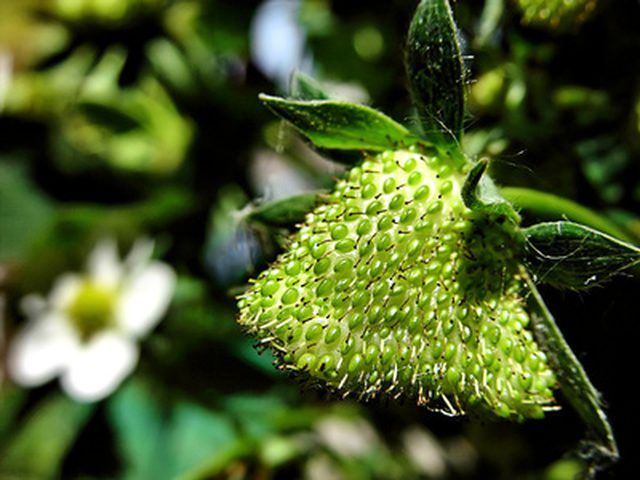Bulbs
Flower Basics
Flower Beds & Specialty Gardens
Flower Garden
Garden Furniture
Garden Gnomes
Garden Seeds
Garden Sheds
Garden Statues
Garden Tools & Supplies
Gardening Basics
Green & Organic
Groundcovers & Vines
Growing Annuals
Growing Basil
Growing Beans
Growing Berries
Growing Blueberries
Growing Cactus
Growing Corn
Growing Cotton
Growing Edibles
Growing Flowers
Growing Garlic
Growing Grapes
Growing Grass
Growing Herbs
Growing Jasmine
Growing Mint
Growing Mushrooms
Orchids
Growing Peanuts
Growing Perennials
Growing Plants
Growing Rosemary
Growing Roses
Growing Strawberries
Growing Sunflowers
Growing Thyme
Growing Tomatoes
Growing Tulips
Growing Vegetables
Herb Basics
Herb Garden
Indoor Growing
Landscaping Basics
Landscaping Patios
Landscaping Plants
Landscaping Shrubs
Landscaping Trees
Landscaping Walks & Pathways
Lawn Basics
Lawn Maintenance
Lawn Mowers
Lawn Ornaments
Lawn Planting
Lawn Tools
Outdoor Growing
Overall Landscape Planning
Pests, Weeds & Problems
Plant Basics
Rock Garden
Rose Garden
Shrubs
Soil
Specialty Gardens
Trees
Vegetable Garden
Yard Maintenance
How to Plant Strawberries in Tennessee
How to Plant Strawberries in Tennessee. If you live in Tennessee, and would like to plant strawberries, it is important to consider your growing conditions. Strawberries require full sun and well-drained soil in order to thrive. A variety of diseases affect Tennessee strawberries--verticillium wilt, leaf spot, anthracnose, leaf scorch and leaf...

If you live in Tennessee, and would like to plant strawberries, it is important to consider your growing conditions. Strawberries require full sun and well-drained soil in order to thrive. A variety of diseases affect Tennessee strawberries--verticillium wilt, leaf spot, anthracnose, leaf scorch and leaf blight just to name a few. A few strawberry cultivars, such as Allstar and Earliglow, grow well in Tennessee and show resistance to such diseases.
Things You'll Need
Soil testing kit
Pitchfork
Lime or peat moss
Soaker hose
Fertilizer
Mulch
Pruning tool
Check the pH of your soil using a testing kit from a nursery. Strawberries thrive in soil with a pH between 5.5 and 6.5. You will need to amend your Tennessee soil if the pH is higher or lower.
Loosen the soil with a pitchfork and remove any large sticks, stones or debris. Amend the soil if necessary using lime for a pH below 5.5 or peat moss for a pH that measures above 6.5. Follow the packaging instructions for allocation amounts and application methods.
Plant the strawberry plants after the final winter thaw, which is usually around mid to late April in Tennessee. Dig holes that match the size of the nursery containers holding the strawberries, each hole spaced 2 feet from the next. Space rows 4 feet apart.
Set one strawberry seedling in the center of each hole. Backfill the holes around the strawberry seedlings, patting the soil afterward to remove air pockets. Water the strawberries deeply using a soaker hose after planting.
Keep the soil moist throughout the growing season, to a depth of 1 inch. Tennessee sees a yearly rainfall total of 53 inches, which is plenty of rain to sustain crops. However, weekly supplemental waterings are necessary in lieu of rain.
Fertilize the strawberry plants approximately one month after planting in the Tennessee soil. Apply a 10-10-10 fertilizer according to manufacturer’s directions. Tennessee strawberries appreciate a dose of fertilizer in the early spring and after harvesting.
Control weeds around the strawberry plants with a layer of mulch. A 3-inch layer of bark chips will also improve drainage and protect the roots of the strawberry plants from the Tennessee temperature changes.